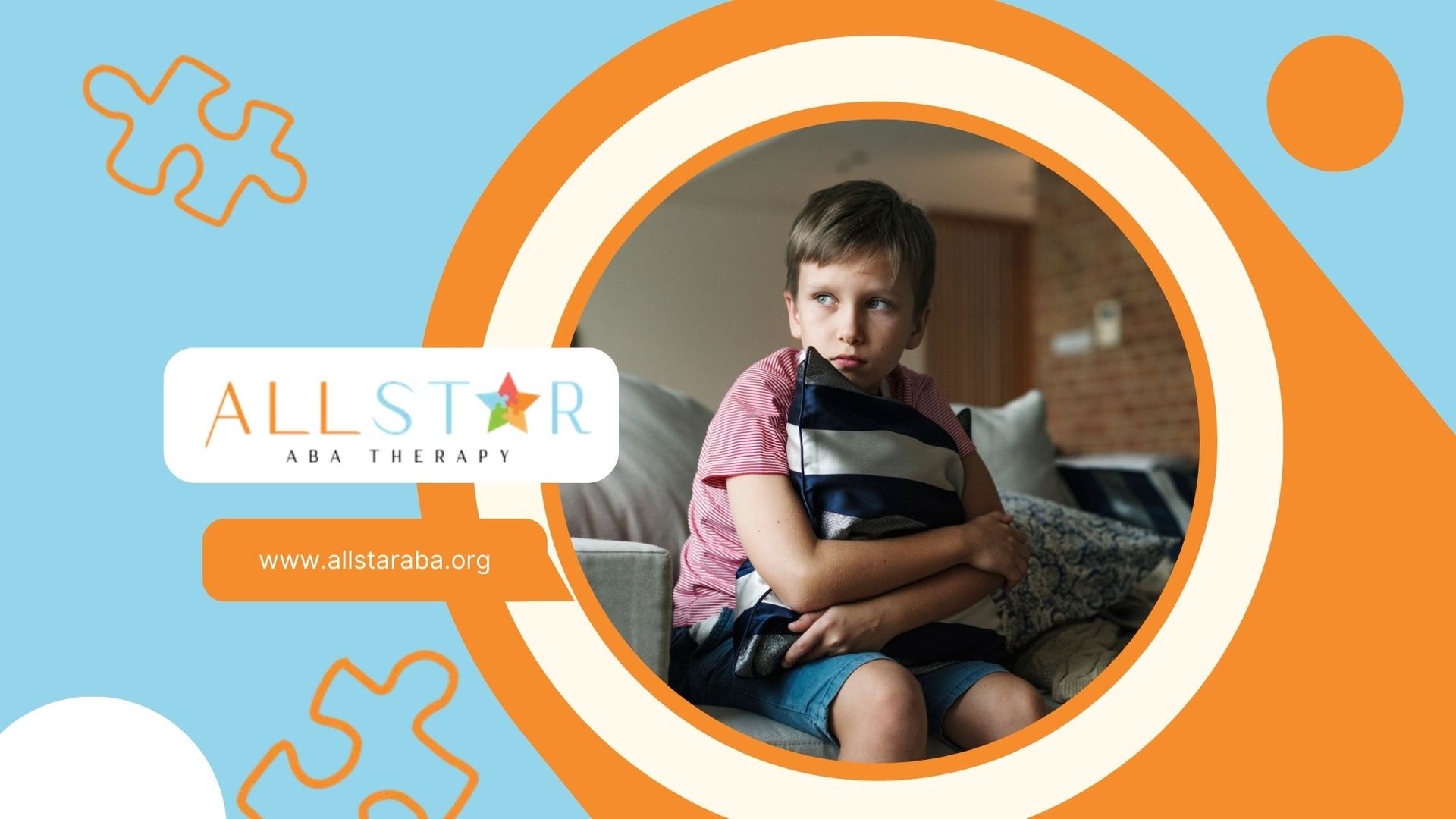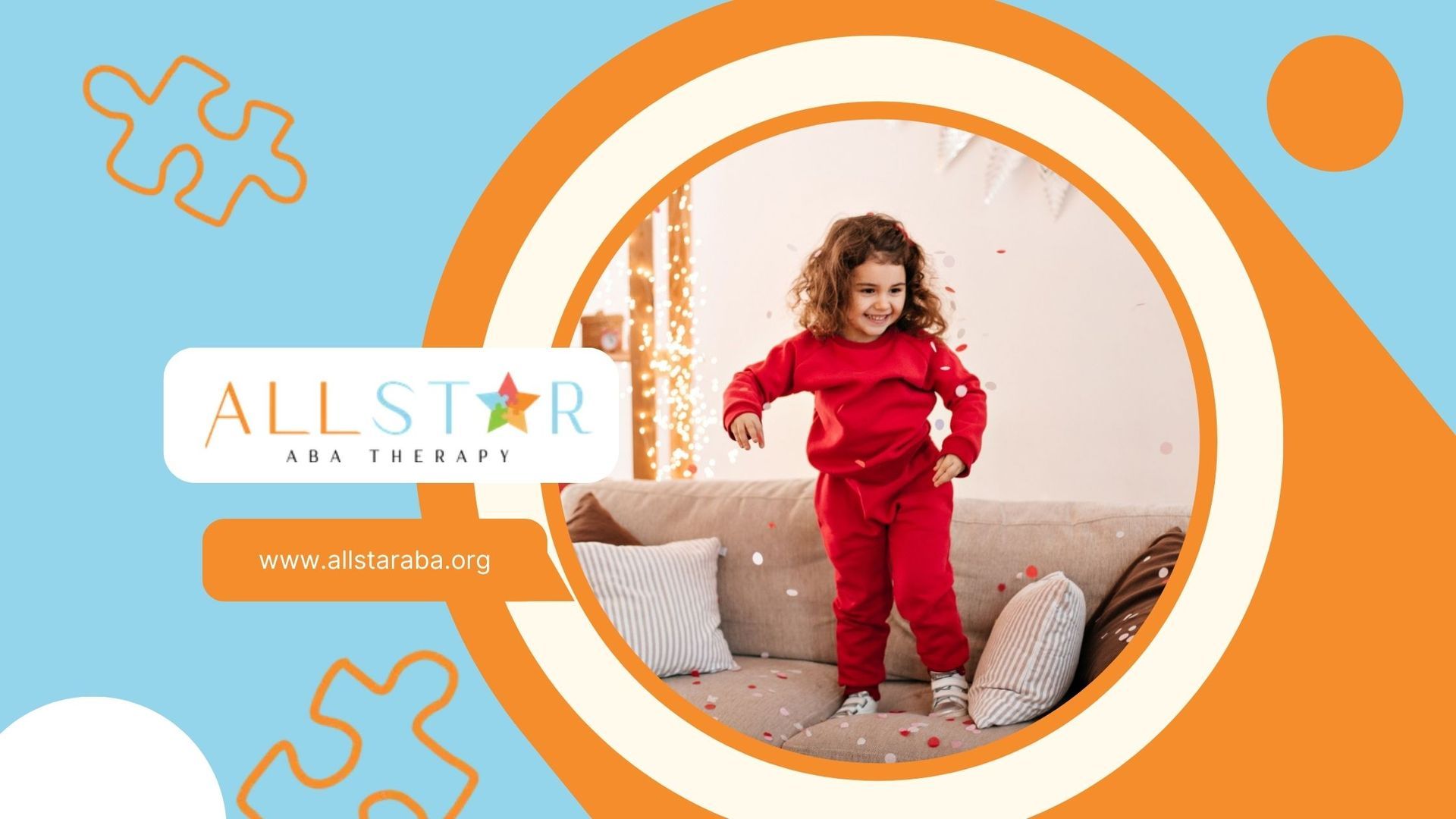New Paragraph
Exploring Activities in ABA Therapy for Kids
Navigating autism spectrum disorder (ASD) can be hard for parents and caregivers. ABA therapy provides proven methods to help children with autism learn important skills. This therapy focuses on how behavior links to learning. By doing this, ABA therapy enables children to grow and reach their full potential in many areas of their lives.
Understanding the Basics of ABA Therapy
At its heart, applied behavior analysis (ABA) is a kind of therapy based on the science of learning and behavior. It focuses on the idea that behaviors are learned and can be changed with regular activities. ABA therapy looks at what causes a behavior and what follows it. The goal is to increase good behaviors and reduce problem behaviors.
Positive reinforcement is a key part of ABA therapy. This means rewarding and giving positive feedback for desired behaviors. This helps make it more likely that the child will do those behaviors again in the future.
The Principles Behind ABA Therapy
ABA therapy is based on the science of learning. It follows the idea that behaviors have consequences. When therapists understand these consequences, they can create plans to boost positive behaviors and reduce negative ones. They do this through well-planned interventions and by keeping track of progress with clear data.
ABA therapy also focuses on personalized treatment plans, knowing that every child is different. Each child has unique strengths and challenges. This way, the therapy can be customized to fit each child's specific needs and learning style. The main aim is to give children the skills they need. This helps them to move through life with more independence and confidence.
How ABA Therapy is Tailored for Each Child
ABA therapy understands that each child is different. It focuses on making treatment plans just for them. The process starts with a detailed assessment by a certified behavior analyst (BCBA). This expert looks at the child's strengths and challenges. They identify what each child needs. The results help create a tailored treatment plan. This plan targets specific goals, like improving communication skills, enhancing social interactions, or mastering daily living activities.
As therapy continues, the child's progress is watched closely. The treatment plan is changed as needed. This means the approach stays useful and helps the child grow and develop in the best way possible. To further enhance your understanding of ABA therapy and its application, consider consulting with
autism therapists near you. These professionals can provide valuable insights, answer your questions, and offer personalized guidance based on your child's specific needs.
Core Activities in ABA Therapy for Kids
ABA therapy includes many activities that help children learn important skills. These skills cover areas like communication skills, social interactions, and daily living skills. The activities are fun and motivating for kids.
With play-based learning, social skills groups, and focused help, ABA therapy gives children the tools to do well in daily life. The main goals are to encourage independence, boost confidence, and enhance overall quality of life.
Enhancing Communication Skills Through Play
Play is a great way for children to grow their communication skills. ABA therapists use play-based therapy to improve functional communication. They help kids express their needs and wants better. Through fun games, therapists work on skills like asking for things, asking questions, and having simple chats.
Language development is also very important when kids play. Therapists use toys and games to teach new words, encourage kids to copy sounds or words, and help them understand language. When children play, they naturally get to practice and improve their communication skills. This leads to good progress over time.
Social Skills Development in Group Sessions
Social skills groups create a safe space for children to learn how to interact with others. In these sessions, therapists lead fun activities that help kids practice social skills like taking turns, sharing, starting conversations, and reading social cues. Through games, role-playing, and encouragement, children grow and use these important social skills.
These groups give kids a chance to practice repeatedly, which helps them feel more comfortable in social situations. They also allow kids to make friends and learn from each other, which builds a sense of belonging and connection.
Innovative Techniques in ABA Therapy
The area of ABA therapy is always changing. It uses new methods to improve learning and involvement. Technology is becoming more important in ABA sessions. It grabs children's attention and helps them develop skills.
By including children's interests and giving them choices, therapists can make ABA sessions more suited to what each child likes. This boosts motivation and helps them make lasting progress.
The Role of Technology in ABA Sessions
Technology is becoming a great resource in ABA therapy, especially for kids with autism spectrum disorder (ASD). Devices like tablets and computers, along with fun software programs, can make learning interesting and helpful. For instance, educational apps can assist kids in practicing their communication skills, learning new words, or solving problems better.
Technology also creates a clear and steady learning space. This is good for children with ASD because they often do better with routine. Tools like social stories shown on a tablet can help kids understand social situations and learn the right behaviors.
The use of technology in ABA therapy is always changing. This opens up new chances for better learning and improving results for children with ASD.
Incorporating Interests to Motivate Learning
A child's interests can really help in ABA therapy. Therapists are good at finding what makes each child excited. It could be dinosaurs, art, music, or sports. By using these interests in therapy, learning becomes more fun and important.
For example, a child who loves trains might learn about colors and numbers by sorting train cars. A child who is interested in animals might work on social skills at a pretend veterinary clinic. When kids really like what they are doing, they tend to join in more and remember what they learn.
Therapists use positive reinforcement techniques like praise and rewards. They also allow kids to do activities they enjoy. This helps kids feel motivated to keep learning and to work towards their goals.
Conclusion
In conclusion, ABA therapy helps improve children's communication and social skills. It uses play, group sessions, and new techniques with technology. This creates a fun and exciting place to learn. Knowing how ABA therapy works means every child gets attention that fits them best. Whether it happens at home or in a special center, ABA therapy changes to fit each child's needs. It's important to check progress and know how long therapy lasts to get the most benefits. For more information about ABA therapy activities and how they help children, check out our FAQ section.
At All Star ABA, we believe in making ABA therapy fun and engaging for children. Our experienced therapists incorporate a wide variety of activities, games, and play-based learning into treatment plans to create a positive and motivating learning experience. We understand that every child is unique, and we tailor our approach to ensure each session is enjoyable and effective.
Frequently Asked Questions
What age group benefits most from ABA Therapy?
ABA therapy is very useful for children aged 2 to 8 years. Starting this treatment early can lead to great improvements. It helps enhance communication, social skills, and behavior in young children with autism spectrum disorder.
How long do children typically stay in ABA Therapy?
The length of ABA therapy can change based on each person's needs, goals, and how they progress. Each child's therapy session and overall treatment time are based on their individual treatment plan. There are also regular check-ups to help decide if any changes are needed.
Can ABA Therapy be done at home?
Yes, you can use ABA therapy in many places, including at home. Home-based therapy helps teach skills where the child feels comfortable. This makes it easier for the child to use what they learn. It also helps the therapy session feel more real and connected to their daily life.
Need Support?
We're Here to Help!
Our experienced team is ready to assist you. Reach out today to discuss how we can support your child's development and well-being.
Get started with expert ABA therapy today.
Related posts

All Star ABA delivers the gold standard of care, Applied Behavioral Analysis (ABA) therapy, for individuals diagnosed with ASD, from infancy to age 21.
Quick Links
All Rights Reserved | All Star ABA







